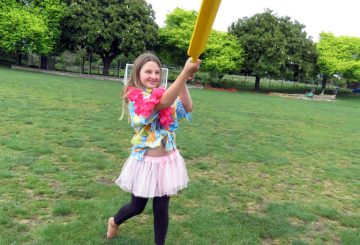노스랜드 모에레와 인근에 위치한 오티리아 마라에 (Otiria Marae) 는 뉴질랜드의 새로운 홍수 복구 프로젝트에 포함될 35개의 마라에 중 하나입니다.뉴질랜드 최초의 이 프로젝트는 테타이 토케라우에서 홍수가 가장 많이 발생하는 마라에의 홍수 복원력을 강화하는 것을 목표로 합니다.노스랜드 지역 위원회 (NRC) 의 전문가들이 마라에와 협력하여 홍수 복원력을 개선할 예정이며, 이를 위해서는 장기적으로 마라에를 일부 재배치해야 할 수도 있습니다.
이 프로젝트에 관련된 마라에는 북쪽의 케이프 레잉가에서 남쪽의 루아와이 근처 카이파라의 나우마이까지 퍼져 있습니다.이 마라에와 그 연결 도로는 홍수의 영향을 자주 받습니다.이 프로젝트는 기후 변화로 인한 강과 바다의 홍수로 증폭되는 영향을 해결할 것입니다.
NRC 하천 관리자인 조 카무소 (Joe Camuso) 는 63만 달러 규모의 프로젝트가 7월에 시작될 것이라고 밝혔습니다.그는 마라에 인프라 개선뿐만 아니라 노스랜드 응급 서비스에 대한 압력 감소도 포함하는 이 프로젝트의 이점을 강조했습니다.이 프로젝트에는 NRC의 하천, 민방위 및 기후 변화 팀이 참여하며 홍수로부터 마라에를 보호하는 최선의 방법에 초점을 맞출 것입니다.
이 프로젝트는 거의 전액 정부가 자금을 지원하며, 크라운 인프라 파트너를 통해 60만 달러를 제공하고 NRC 요율로 3만 달러를 기부합니다.이는 NRC의 광범위한 3개년 70만 달러 규모의 마라에 홍수 복구 계획의 일부입니다.이 프로젝트에 참여한 마라에의 약 70% 가 극북 지역에 위치해 있으며, 이 지역은 마라에 피해가 가장 심각한 지역으로 확인되었습니다.





























































